Innovative Technology for an Advanced Security Ecosystem: Challenges and Solutions
Perficient
NOVEMBER 28, 2023
At the center of digital transformation, we face the exciting challenge of creating an ecosystem driven by high-performance, interconnected microservices developed in diverse languages such as Java, C#, JavaScript, and Python. At Perficient we extract the best of each language to shape an agile and efficient ecosystem.


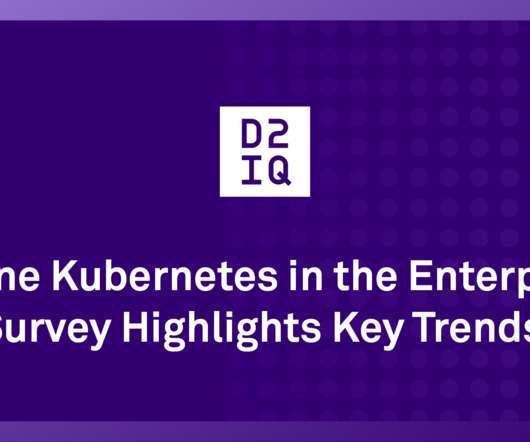


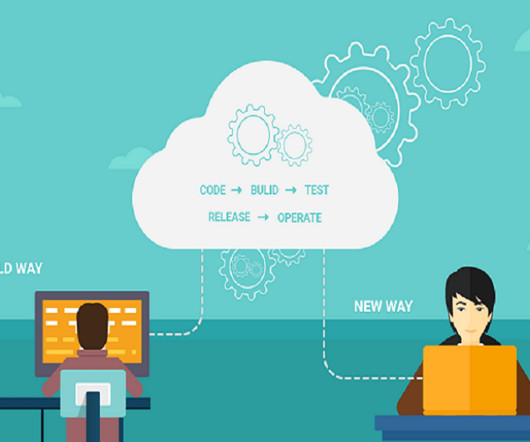


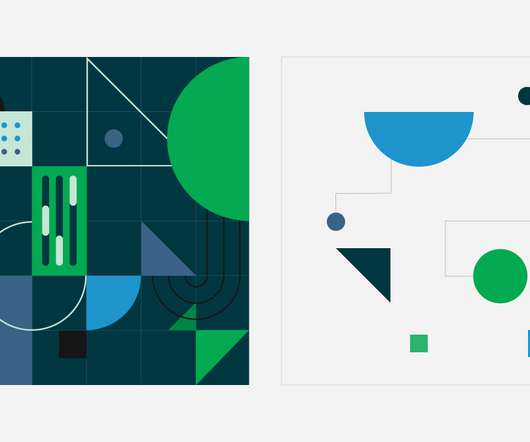
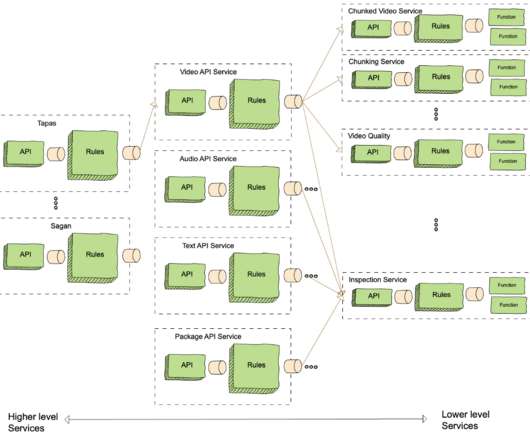
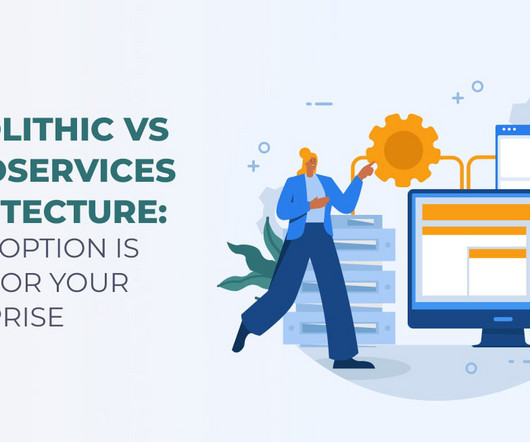
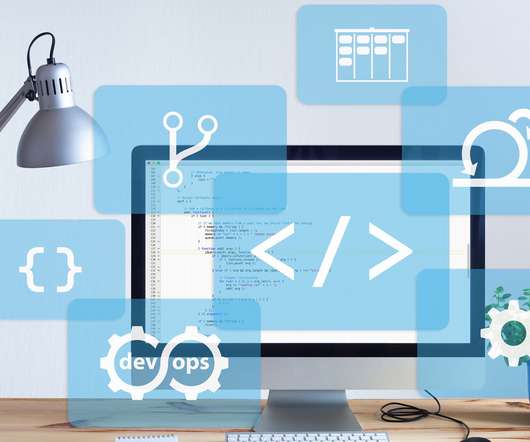

















Let's personalize your content